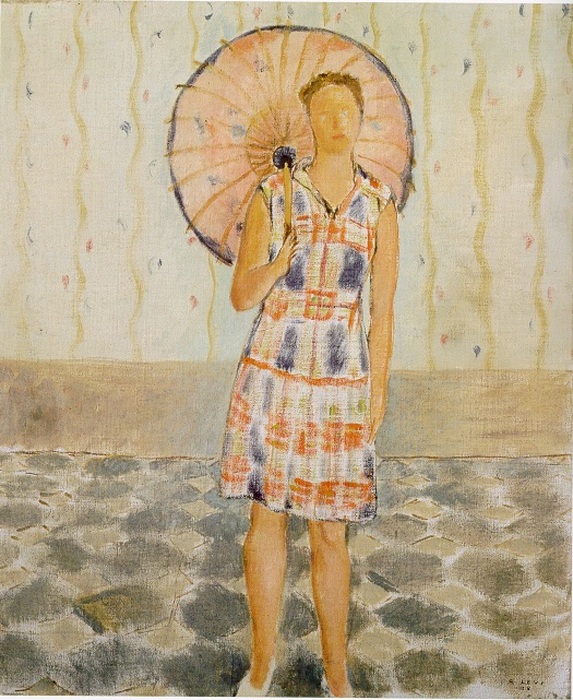ROME - The Twenties represented a crucial junction for the evolution of the painter Carlo Levi.
The portraits, among the central and recurring themes of his career, tell the family environment, in '26 here are the Turin landscapes characterized by a naturalistic colorism, then the tonal effects of the views of Paris, where he went for the first time in 1924, up to the almost intangible and intimate figurations of 1929-1930 when the trips to France became more frequent, to arrive in the early Thirties to a strong characterization of color in an expressionistic sense.
The exhibition '' Carlo Levi.
The family, the twenties '' that the Foundation named after the Turin artist, to celebrate the 120th anniversary of his birth,
The 28 paintings chosen by Claudia Terenzi, many of which never exhibited or rarely presented, document the young years, the bonds and the family world in which the artist was formed, also through a nucleus of unpublished photographs.
It is the narration of the developments of the painter's research, who was a friend but not a student of Casorati and in the early twenties was influenced by the atmosphere of Return to the Order to which many artists adhered in contrast with the vehemence of the Futurists in wanting to make a tabula rasa of tradition.
It is an exhibition that does not say new things, explains the curator, but aims to describe how Levi's painting changes in that short period of time, the activity that saw him deployed with the group of the Six of Turin,
each of which was influenced in a different way from what happened in France, and which in the early Thirties led him towards expressionist choices, up to the realist phase of the period of confinement in Lucania, in which he devoted great attention to the characters and the environment that surrounded.
"Color - observes Terenzi - is fundamental in Carlo Levi's painting, from the softer tones to the more expressive ones, sometimes striking. In the works of this decade the passage from a more formal compositional structure is already evident, where it is the line that shapes the painting and defines its volumes, to a new lyricism, in which the color, so intense in the portraits and self-portraits and in the indefinite settings, is not limited within the limits of the image. '' It was precisely the French experience that marked a profound change of Levi.
'' From the fauves Levi - Claudia Terenzi writes in the catalog - she inherited that absolute sense of color, so incisive, so little naturalistic, as it already appears in some portraits of '29.
Every experience is for Levi a passage to another, a turning point in his painting.
Restless, full of pathos the portraits of '32, '33, where the sign is broken down into large, intense, dynamic, vibrant brushstrokes, and the colors, so not very descriptive, accentuate the expressionistic aspect of the image ''.
There is a notable rediscovery not from today of Levi as a painter, the curator points out.
One of the first confirmations in this sense came three years ago from the exhibition organized at the Italian Cultural Institute in Paris.
In France Levi was well known as a writer but not as an artist.
Since then there has been a continuous succession of exhibitions.
Also thanks to the Levi Foundation in recent years particularly active in promoting the figure of the artist.
(HANDLE).



/cloudfront-eu-central-1.images.arcpublishing.com/prisa/ZM6FQV632BGWROH26MIOOL3MQE.jpg)





